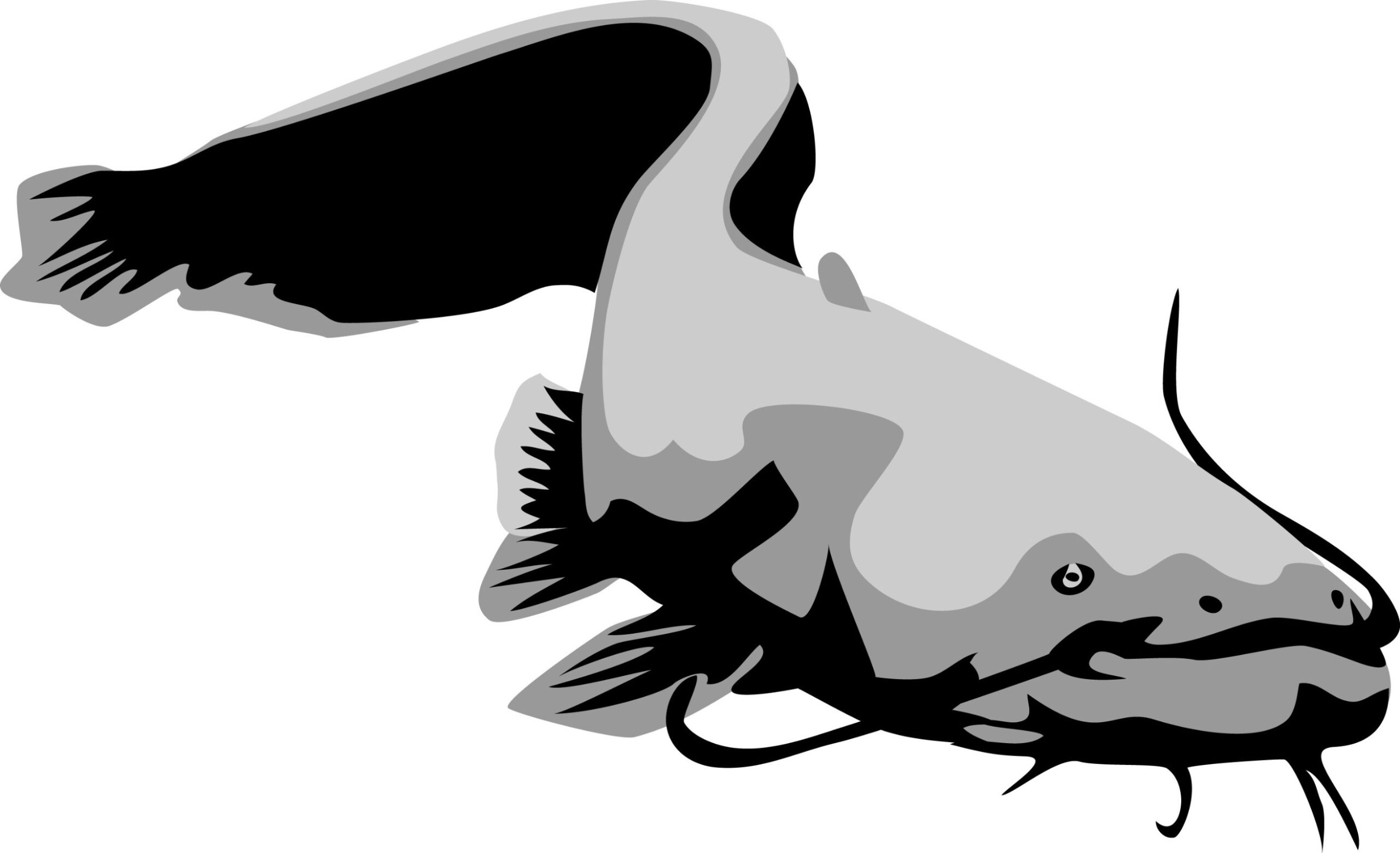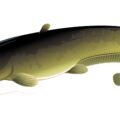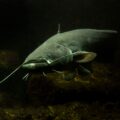The Wels catfish can get as large as 15 feet. That is the size equivalent to six mini fridges! So, the Wels catfish is enormous, and since it is a catfish, it also weighs a ton, making the fish seem even bigger than humans.
Wels catfish are generally very big, and the European Wels catfish can get as large as 15 feet and weigh 660 pounds. Like any catfish, the Wels catfish is scaleless with barbels, making it a catfish. The catfish has six barbels and is mottled greenish to blackish, so it is not the prettiest to look at.
When the Wels catfish is in its juvenile stage, it only gets a few inches in size and sometimes reaches a foot in length. As it grows, the fish slowly gets bigger. The portion of the size depends on the age of the fish, and the Wels catfish has a lifespan of 20 years to 80 years. The older the Wels is, the larger it will be.
The record was set in 1856 when a Wels catfish was caught, which was 16 feet in size and weighed 880 pounds. There have not been any Wels catfish as giant as that size recently. This could be due to many reasons, which we will discuss later.
Nowadays, most Wels catfish reach the size of 4 feet to 5 feet, which is tiny compared to the original size that it can reach. These also weigh around 33 pounds to 50 pounds. Catching a Wels catfish that is more than 6 feet and 7 inches in size is very rare. Recently, the bigger size is only obtained if the conditions are exceptionally perfect. Otherwise, most Wels catfish remain a few feet large.

What factors influence the size of the Wels catfish?
The factors that affect the size of the Wels catfish are food availability, age, overfishing, genetics, and habitat conditions are the main factors that influence the size of the fish.
Food availability
The first important factor is food availability in the water that the Wels catfish is occupying. The diet of the fish mainly includes fish, annelid worms, gastropods, insects, and crustaceans. However, the fish also feeds on weird creatures like frogs, rats, water snakes, coypu, voles, ducks, and pigeons.
The Wels catfish also eat other smaller Wels catfish. It is an opportunistic feeder, so it attacks and feeds on whatever is available and easy to eat. The catfish is lazy and does not want to work too hard to catch food.
The habitat of the Wels catfish is significant. It is mainly found in Europe and Asia but also in some other countries, and its habitat keeps growing. Each habitat has its range of food, and in some places, the Wels catfish can get fish and other food items more easily, while in other areas, it is harder to find the food. This could be due to many reasons, like overfeeding the fish that the Wels catfish feeds on, among other things. If the catfish gets less food, there are less nutrients, and the fish grows less.
Age of the Wels Catfish
Another factor to consider is the age of the catfish. If the fish is older and has reached maturity, it is also more significant in size. Due to overfishing of the Wels catfish for sports reasons, most Wels catfish cannot reach adulthood. Not to mention, when the Wels catfish is a juvenile, it is eaten by humans. When the fish reaches maturity, it is not eaten because it has too much fat and too many toxins in its body. So, people like catching the Wels catfish when it is young, leading to the fish not reaching maturity and its potential whole lifespan.
Genetics of the fish
Genetics is a factor we cannot control. As mentioned before, the size of Wels catfish used to be much bigger than the fish caught now. This could be because the fish’s genes evolved into not reaching that size anymore.
Just like humans, the genetics of the fish also vary from fish to fish and area to area. The catfish might grow more extensively in places with plenty of space than in other sites without enough room.
The habitat conditions
The habitat also influences the size of the fish. When the water conditions are right, the catfish is not stressed and focuses on growing in size. The right conditions include the right temperature and pH, among other factors.
Conclusion
The Wels catfish can get big as a maximum length of 15 feet. However, recently, the fish does not reach this size and stays smaller due to many factors.











